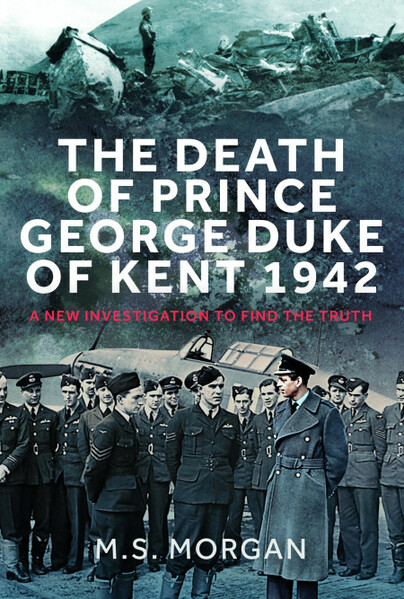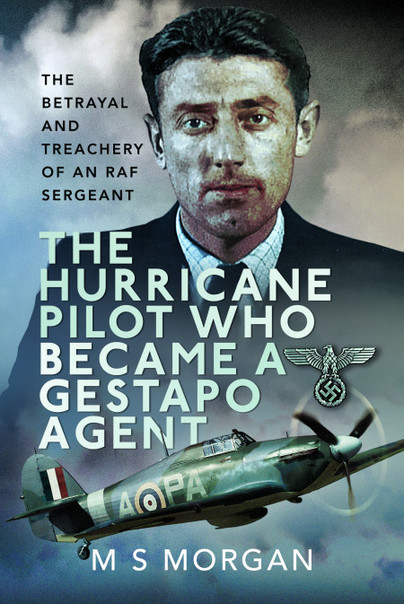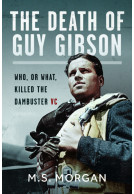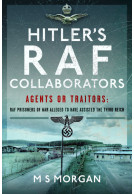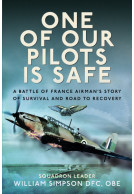The Death of Prince George, Duke of Kent, 1942 (Hardback)
A New Investigation to Find the Truth
Imprint: Air World
Pages: 256
Illustrations: 16 mono illustrations
ISBN: 9781036107192
Published: 4th October 2024
(click here for international delivery rates)
Need a currency converter? Check XE.com for live rates
| Other formats available - Buy the Hardback and get the eBook for £1.99! | Price |
|---|---|
| The Death of Prince George, Duke… ePub (10.8 MB) Add to Basket | £6.99 |
To the fifteen passengers and crew onboard the lumbering Short Sunderland flying boat, everything appeared normal and routine as it lifted off from the seaplane base at RAF Invergordon on Sunday, 25 August 1942. Its destination was Iceland, where one of the passengers, Air Commodore HRH Prince George, The Duke of Kent, supported by his entourage, was to undertake an inspection of various RAF bases in Iceland in his role as a senior RAF Welfare Officer.
It was about thirty minutes later that disaster struck. At 13.42 hours, the Sunderland ploughed into a hillside on the remote headland known as Eagle's Rock, near Dunbeath in Caithness. Apart from the rear gunner, everyone on board, including Prince George, was instantly killed.
There was a Court of Inquiry, which opened on 28 August and completed on 1 September. This resulted in a disagreement between two senior officers in relation to its conclusion. The funeral of the Duke surprisingly, took place on the 29th during the Court of Inquiry. There was also a rapid and thorough wreckage clearance of the scene by 16 September and the apparent disjointed recording of the various men’s deaths with the registrar.
Pilot error was the official cause for the crash, allegedly ‘signed off’ by the Chief Inspector of Accidents, but hard evidence has been difficult to find since 1942. In fact, the Court of Inquiry report could not be sourced in the UK and had to be obtained from the Australian archives.
Witness statements and any possible technical assessments have also disappeared and are not even contained in the Australian file. So where are they, and why have the documents for the second worst fatal air crash up to that period of time gone missing? In addition, where is the Duke of Kent’s diary and personal papers for this period? Where any plans drawn of the site and the position of the casualties? Where post mortems carried out and by whom?
Over the years a variety of researchers, historians and authors have sought to identify whether the cause of the crash was pilot error or something else. Others have sought to explain it with a number of possible conspiracy theories including murder, a Nazi plot, a plot linked to Rudolf Hess and a peace initiative.
The author, a former police senior investigating officer who was a member of the first Murder Review in London in the late 1990s, has sought to gather all the available evidence from a wide variety of resources. He looks at the history of the main characters and any possible reasons or motives they may have been targeted or involved in a plot. He seeks to find further evidence, even allowing after more than 80 years for hearsay evidence in his review. He also examines the investigation and what it perhaps should have done in 1942.
While other books, newspapers and magazine articles have sought to establish the cause and or a conspiracy behind the fatal crash, this author covers all bases and asks what evidence is missing and why?
There are no reviews for this book. Register or Login now and you can be the first to post a review!
About M S Morgan
MICHAEL MORGAN is a retired former senior investigating officer in the police. He also worked for a number of years in the intelligence field. He now writes military history books, looking to unearth through use of his investigation skills, the truth about contentious and debatable military history. For more information, please see: www.msmorganbooks.co.uk
The Hurricane Pilot Who Became a Gestapo Agent The Betrayal and Treachery of an RAF Sergeant (Hardback)
Tucked away in the archives of the Museum for Transport and Technology in Berlin is an old photograph of a Hawker Hurricane on public display. The image must have been taken before the night of 23/24 November 1943, when the museum and the greater part of its collection – including the Hurricane – were destroyed in a RAF bombing raid. The aircraft in the photograph bore a squadron commander’s pennant under the cockpit, had broken propellor blades and carried the squadron markings PA-A on its fuselage, as well as the serial number W9147. Intrigued by what he had seen, the picture launched…
By M S MorganClick here to buy both titles for £43.75







